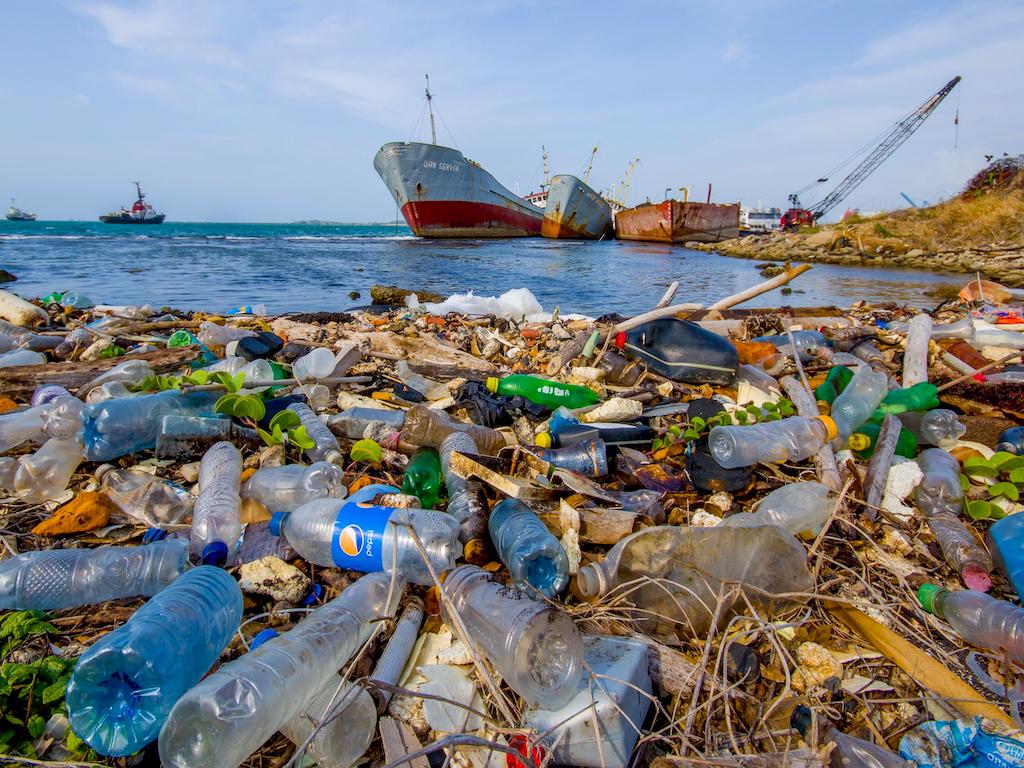naturalplastic wrote:
The good news is that plastic is inert. The bad news is that plastic is inert, and stays in the environment a long time and doesnt decay. Kinda cancels out I suppose.
Its made from oil (which is found in nature)...but it isnt oil. Its so alterted at the molecular level that it cant be thought of as a natural substance.
But ...having said that...there is something in nature that is a lot like man made plastic. And that thing is amber. The sap that comes out of conifer trees and hardens into a lovely solid hard translucent stuff ...stuff that is chemically a lot like plastic. Folks make carvings out of it. Some one made a whole room out of amber. In fact an article in Smithsonian Magazine described it as "a kind of natural plastic even though that sounds like an oxymoron". And thats where I got the idea for my WP nickname. Sounds like a good name for a...seductive 90s boy band. "Hey girl...we are..natural plastic".
But I digress.
We have all seen pics of those hapless bugs that got trapped in sap and got preserved in amber for fifty million years. So like the man made polymers it lasts a LONG time. An indicator of how long the manmade stuff might last in the environment.
You can convert plastics back into the oil that they were made from using microwave radiation of particular wavelengths (and power). Ever notice that if you heat a plastic dish in a microwave time and time again, it will tend to degrade? This is due to the energy absorbed by the chemical bonds causing them to break down. That can be a source of microplastics in our systems.
Over a decade ago, a Japanese researcher built a microwave converter (using 50 microwave generators) to do just that on purpose. It was not economically feasible to use, as it cost $18 per liter of oil recovered at the time just for the energy it consumed. The cost has come down considerably, but it is not something that you will likely have in your house anytime soon. When people say that we are almost out of oil, I laugh because we have so much plastic that can be converted back. It just costs too much to do so. Maybe someday...
I have a collection of amber with trapped items in them. Insects are easy to find in amber, so I no longer bother looking for those. My favorite to find is ancient spiders, as I have two of them. I do not know if they are from an extinct species or not. They are fully preserved by the amber down to their hairs. I know in China around 2016 that they found part of a preserved dinosaur tail in amber that had feathers still attached.
BTW - The amber room from the Russian czar has not been found yet. It was captured by the Germans during WWII and taken away to be a war prize. It was likely either destroyed in an attack or buried in a way that it will not be found. Amber can be burned if heated high enough, as it has high carbon content (like plastics). The estimated value of the room is in the billions of dollars of today's money. Irreplaceable is the word I use for that room, as the amber was of very high quality.
















